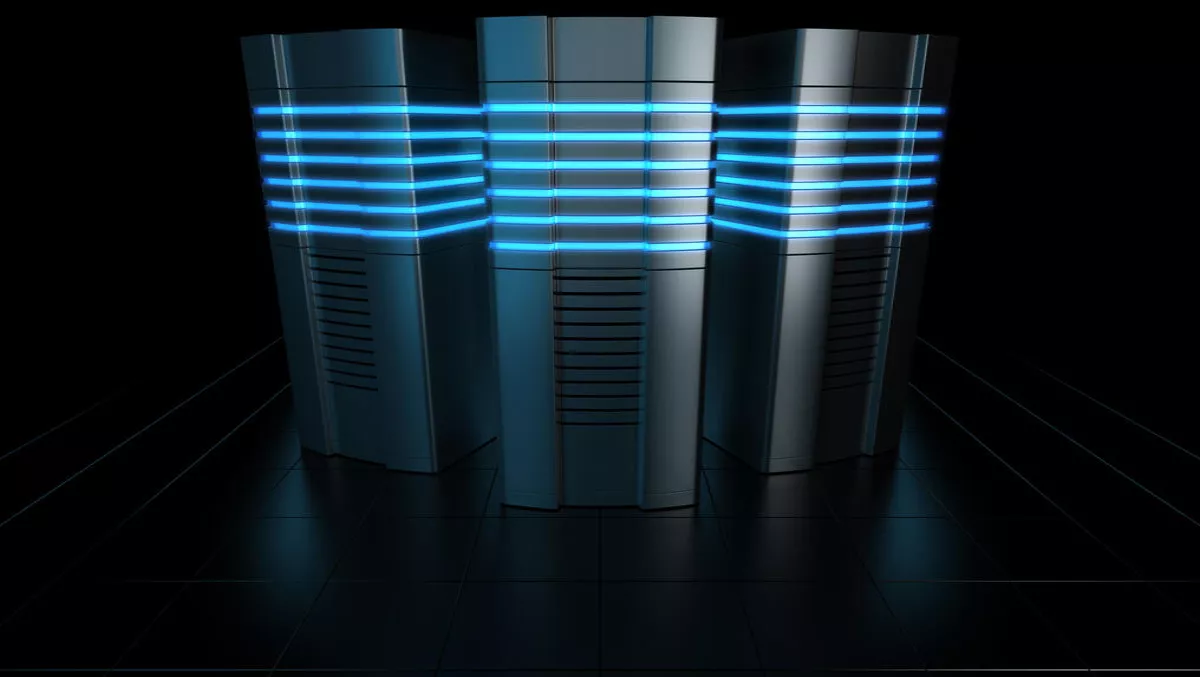
Fujitsu part of joint intercontinental data center cold data storage trial
Fujitsu has teamed up with Osaka University and Scality in a bid to jointly execute a cold data storage-focused field trial of intercontinental data center coordination, together with partners in Japan and Europe.
Based on a consortium for collaboration between academia and industry established in April 2016, the field trial will be conducted from November 2016 through to December 2017, and carried out between the data centers in Osaka University's Cybermedia Center and the data centers owned by Paris-based AntemetA.
The trial will see the partners build and test the effectiveness of a storage platform coordinated across remote locations, which offers improvements in throughput disaster resilience, and lower costs by eliminating redundancy within individual data centers.
This is done by duplicating data that is not updated very often, known as cold data, in data centers on each continent, and applying a data sharing technology from Scality, called conflict-free replicated data type (CRDT), which is used in distributed computing environments.
Currently, in order to coordinate data between data centers, two methods are used: one in which coordination is done through synchronous communications over short distances where data transfer delays are small, and another is to make backups through asynchronous communication over long distances.
When using synchronous communication over short distances, there is a high probability that multiple data centers might be simultaneously affected by large-scale disasters. When asynchronous communication is used over long distances, there are large delays in transmitting data between data centers, so the only option was standby redundancy coordination for backups or disaster recovery.
At the same time, against the backdrop of changes such as the spread of technologies like AI and the IoT, data which is generally not updated, called cold data, has taken up more than half of all data, primarily in the form of image and video data, and there is an increasing demand for ways to accumulate new data and share it between multiple locations. In order to achieve data center coordination between multiple locations, however, there have been issues in achieving data synchronization between data centers, and in improving response speed when reading the data.
According to a joint statement, by the end of March 2017, the three organizations will confirm the basic operation of the system, and publish a paper on the research results from this trial during fiscal 2017.
In addition, from April 2017 through December 2017, together with joint field trial partners in Japan and Europe, they will perform a usage trial for specific applications, with a variety of data types.
Based on the trial's research results, the three organizations will each aim to develop cold data storage services, a storage platform coordinated between remote locations, and other practical technologies.
Division of Roles:
1. Osaka University
Responsible for controlling data layering between cold storage and the Scality Ring storage software, which is used to manage massive volumes of data. Technology for determining hot and cold data. Building the Osaka site (in the Osaka University Cybermedia Center).
2. Scality
Responsible for data replication between storage functionality through Scality Ring and remote sites. Providing Scality Ring. Developing and providing replication functionality for this operational trial. Building the site in France (data centers owned by AntemetA outside Paris).
3. Fujitsu
Responsible for managing the whole project, for implementing hot and cold storage, and for a high-speed search system for archive data. Providing hardware such as the FUJITSU Storage ETERNUS DA700, a form of cold data storage, high performance servers like FUJITSU Server PRIMERGY RX2530, and high functionality switches. Building the FUJITSU Intelligent Data Service SmartContentsManager high-speed archive data search system.


